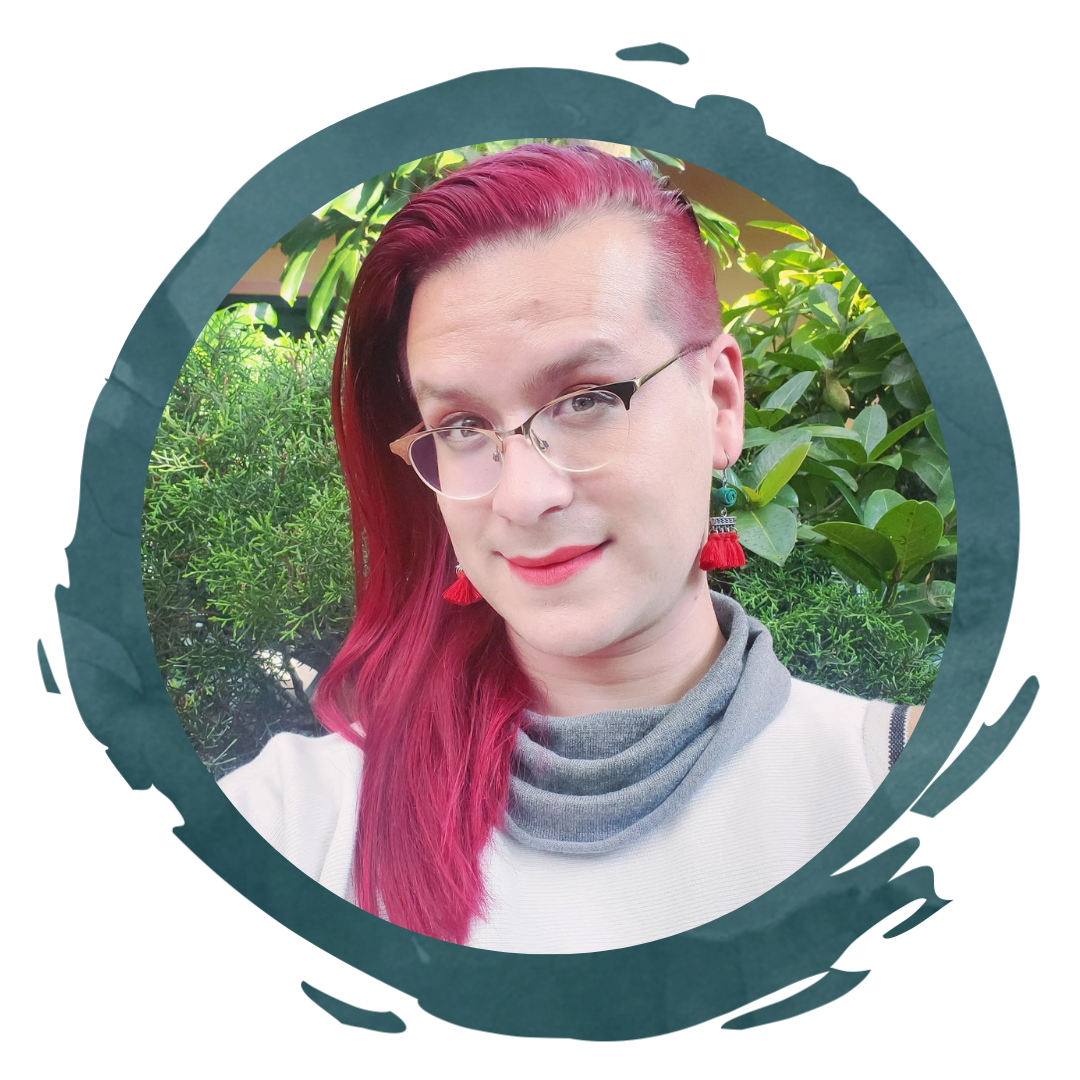An Organizer-Turned-Funder Reimagines the Status Quo
Isabel Sousa-Rodriguez, Program Officer, Edward W. Hazen Foundation
I’d never thought about philanthropy as a career move. Before coming to philanthropy, I was an immigrant rights organizer. Over the years, running campaigns brought me in contact with many funders that required me to share lessons about the impact of my work. Those experiences ranged from positive to negative. Many movement leaders talked about foundations as enemies of social progress. In contrast, I remember my Four Freedoms Fund program officer, Monona, as a true movement partner. We always had honest communication about the hardships of cultivating long-term trust in communities to build power, and the toxic dynamics of nonprofits vying for proximity to the White House rather than being accountable to the constituencies whose rights and liberties we were fighting for. I could be honest about where mistakes were holding us back from winning the policy changes communities deserve, and my honesty would never result in having funding revoked. She always helped me brainstorm how to troubleshoot any challenging scenario.
When I had fear and doubts about my first interview for my current role at the Edward W. Hazen Foundation, Monona was forthright and encouraging. She told me, “we need people in philanthropy who understand social movements from lived experience, and who understand the intersections of systems of oppression to inform better approaches to investing resources.” It gave me hope that maybe I could play a meaningful role in philanthropy. She introduced me to my first peers in the sector that I now work with.
When I was offered the job, I realized: I must seize this opportunity to be a true movement partner in philanthropy like Monona taught me. Prior to my hire, Hazen’s board of trustees established a vision of the foundation as a spend-down organization. Their vote to entrust all of our resources to youth and parent organizers for education and racial justice, enables me to do many of the things I do now. Once we started spending down, we were deliberate about who we funded. We looked for incredible youth and education justice organizers in places furthest from access to mainstream philanthropy and where regional donors rarely invest in grassroots organizing strategies. These nonprofits are often small in size (with budgets less than $1 million) and are usually underfunded because foundations doubt their viability for long-term survival. At the Hazen Foundation, we believe that investing in them gives them a fighting chance to become permanent agents of change in our nation’s social fabric. It is often the case that one foundation’s investment in a nonprofit motivates other foundations to trust them as well. In the first year of our spend-down, we started making grants to Indigenous nonprofits, foster youth, trans youth, and more grants to organizations led by women of color stepping into their first role as executive directors. We made some of our first grants to groups in Alabama, Iowa, Kansas, and Oklahoma – places where most philanthropy barely even looks. We hope these grants will catch the attention of new funders and donors to continue investing in the power of these organizations after we’re gone.
Spending down means we are bringing more resources to the table than we’ve ever brought before. It has given us opportunities to be creative, take risks, and invest deliberately in nonprofit sustainability for the future through organizational development, training, and coaching. But a drawback is that the resources we provide are finite. The resources will disappear in 2024, with no guarantee they’ll be replaced. That’s scary. However, as difficult as those conversations with nonprofits are, we believe in transparency, so we constantly remind them of how much time we have left. We help them to plan and prepare, far in advance, for when we’re no longer here. We encourage them to invest in the systems they determine are essential for their sustainability. That can look like strategic planning, improving financial management, and aligning human resource policies with organizational values. Sometimes, they invest in staff conflict mediation and the health and wellness of team members to improve leadership retention.
They remind me that it’s not just about the money. I know I’m doing my job right when an organization tells me, “I’m worried about not getting to work with you in the future,” because so many of their other experiences with funders are not rooted in mutual learning and respect. They tell me horror stories of foundations weaponizing grants to try to control them and to dictate what wealthy families think that poor and working-class people “should be doing.” The Hazen Foundation sees movement leaders as the most qualified to understand the needs of their own communities. We resource their own ideas on how to build infrastructure so those impacted by injustice inform where systems must change. You can’t accomplish that being a funder that says, “this is the way philanthropy has always been done.” Funders have to admit we’ve been wrong for too long.
We need to change how we think about those who control the wealth and resources and those leading the work to achieve systemic change and racial justice. If we don’t challenge that dynamic, we’ll just keep perpetuating inequality. People who work in philanthropy need to be deliberate about dismantling systems of injustice based on white supremacy and capitalism. That’s the real mission: to divest from “the old ways.” At Hazen, it means investing deeply in public education justice and racial justice youth organizing, instead.

